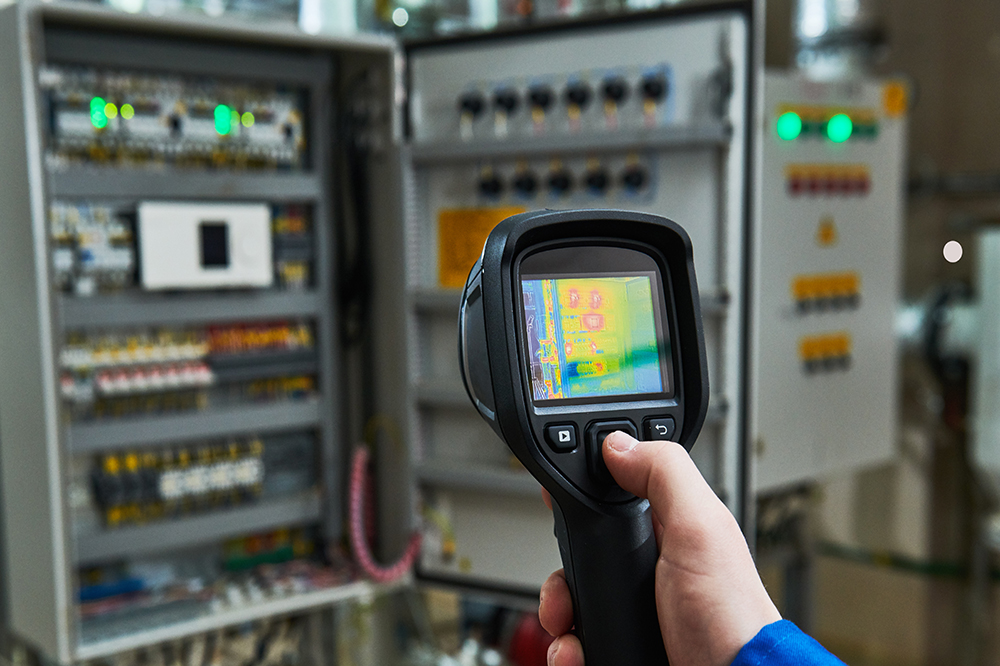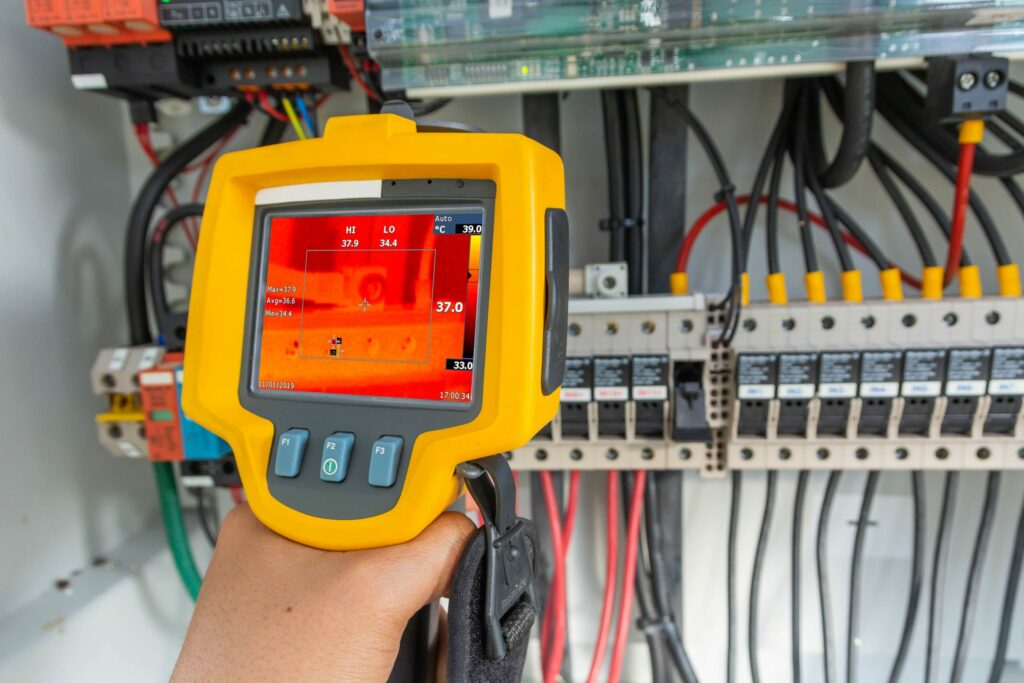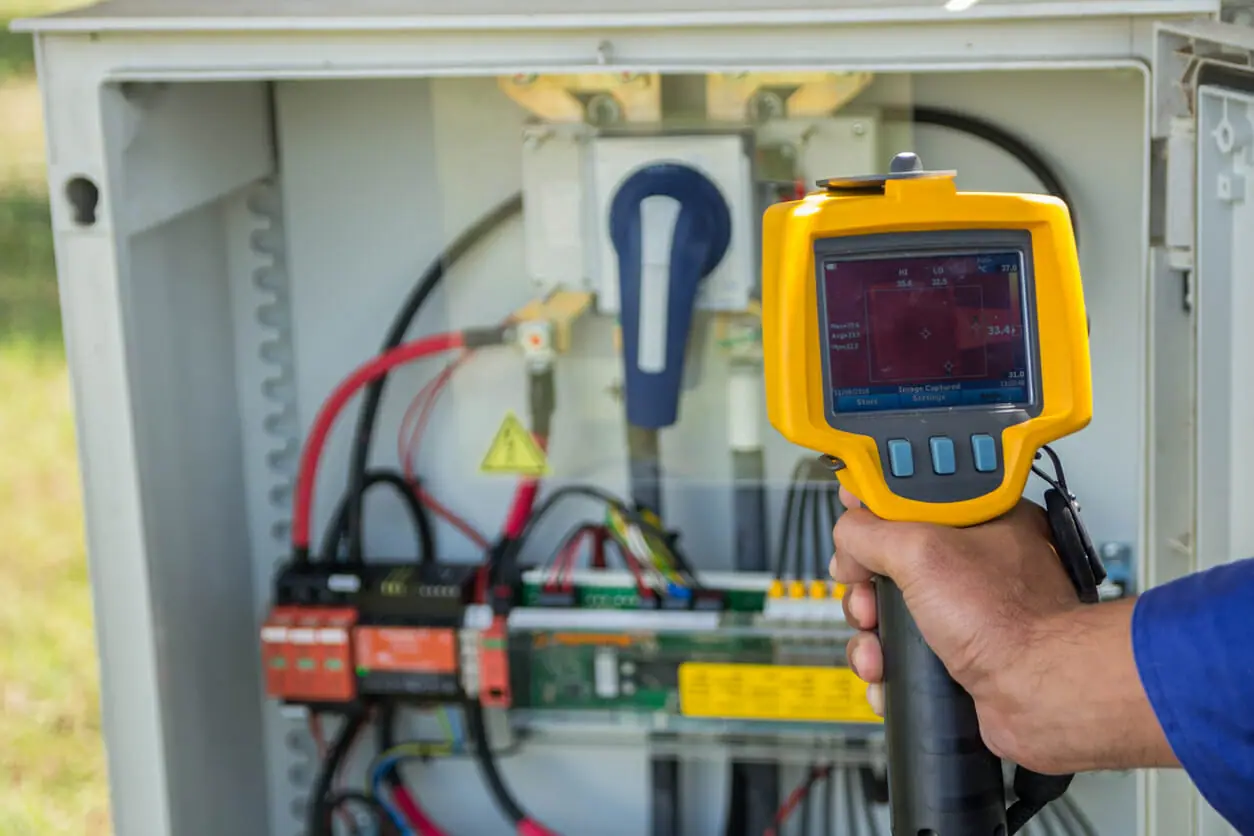In recent years, thermography has emerged as a powerful tool in modern science, offering unique insights into a wide range of applications. From detecting hidden faults in machinery to diagnosing medical conditions, thermography has revolutionized the way we perceive and interact with the world around us. This article will delve into the fascinating realm of thermography, exploring its principles, diverse applications, and the groundbreaking advancements it has brought to various fields.

Understanding Thermography
What is Thermography?
Thermography, also known as infrared thermography or thermal imaging, is a technology that captures and visualizes the thermal radiation emitted by objects. Unlike traditional photography, which captures visible light, thermography records the infrared radiation, or heat, emitted by objects and converts it into a visible image.
How Does It Work?
At its core, thermography relies on infrared cameras equipped with specialized sensors that detect heat. These sensors create a thermal map of the object, with different colors representing variations in temperature. Hotter areas appear as bright colors, while cooler regions are displayed as darker shades.
Applications in Medicine
Early Disease Detection
One of the most significant breakthroughs in medical science has been the use of thermography for early disease detection. By analyzing temperature variations in the body, medical professionals can identify potential health issues before symptoms manifest. Breast cancer, for instance, can be detected at an early stage through thermographic imaging, allowing for timely intervention and higher survival rates.
Pain Management
Thermography is also employed in pain management. It helps pinpoint the source of pain by visualizing inflammation or nerve damage. This non-invasive technique aids physicians in devising effective treatment plans and monitoring progress.

Industrial Applications
Preventive Maintenance
In the industrial sector, thermography has become indispensable for preventive maintenance. By inspecting machinery and equipment using thermal imaging, engineers can identify overheating components or faulty electrical connections before they lead to costly breakdowns. This proactive approach not only saves money but also ensures safety in high-risk environments.
Building Inspections
Thermography is used for building inspections to uncover hidden structural issues, such as water leaks or insulation problems. This technology helps property owners address problems promptly, reducing long-term maintenance costs.
Environmental Monitoring
Wildlife Conservation
Thermography plays a vital role in wildlife conservation efforts. Researchers use thermal imaging to track animal movements and conduct population surveys. It allows for non-invasive monitoring, minimizing disturbances to fragile ecosystems.
Advancements in Thermography
High-Resolution Imaging
Recent advancements in thermographic technology have led to higher resolution imaging. This means that even subtle temperature variations can be captured with exceptional clarity, enhancing the accuracy of diagnostics and analysis.
Integration with AI
The integration of thermography with artificial intelligence (AI) has opened new frontiers in various fields. AI algorithms can analyze thermal data rapidly, providing real-time insights and predictions.
Conclusion
Thermography has undoubtedly transformed modern science, offering a unique perspective on the world’s thermal dynamics. From early disease detection in medicine to preventive maintenance in industries, its applications are diverse and groundbreaking. As technology continues to advance, thermography’s potential is poised to grow even further, unlocking new possibilities in our quest for knowledge and innovation.
Is thermography safe for medical use?
Yes, thermography is a non-invasive and safe technique commonly used in medical diagnostics.
Can thermography replace traditional X-rays?
While thermography offers valuable insights, it is not a replacement for traditional X-rays. Both have their unique applications in the medical field.
Are there any limitations to thermography?
Thermography may not be as effective in extreme environmental conditions, such as heavy rain or thick fog, which can affect image quality.
How expensive is thermographic equipment?
The cost of thermographic equipment can vary widely depending on the application and required features. Basic thermal cameras are relatively affordable, while high-end models used in research or industrial settings can be more expensive.







